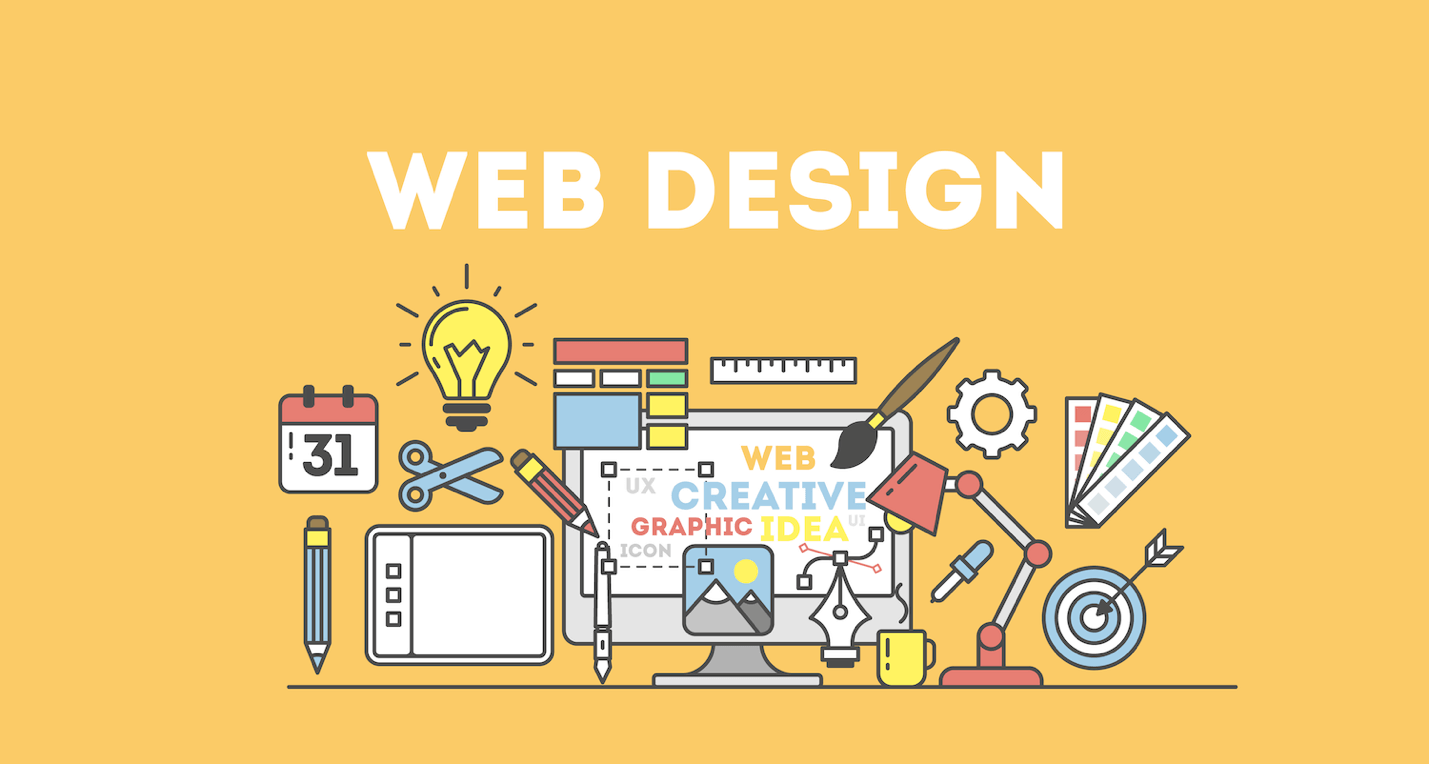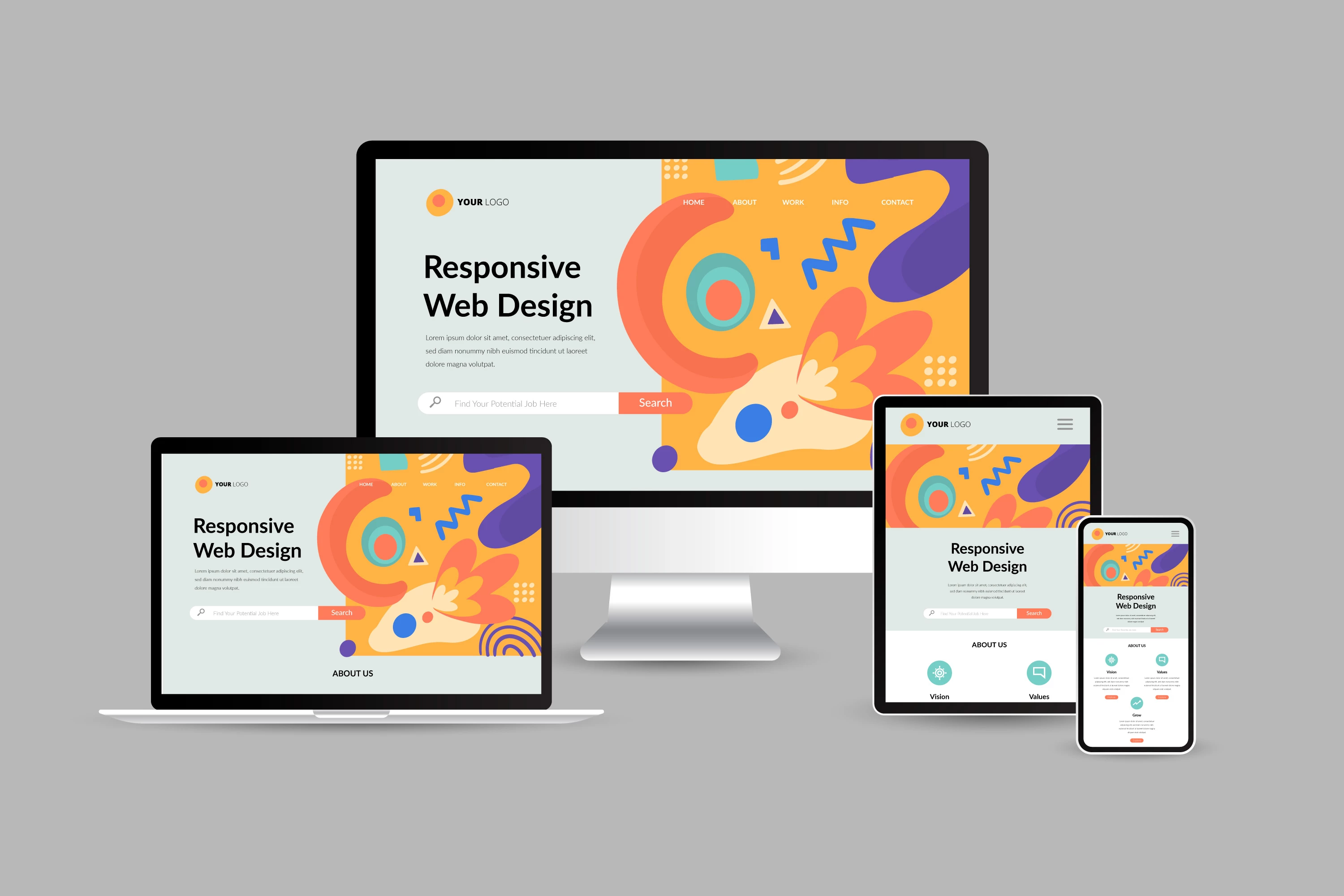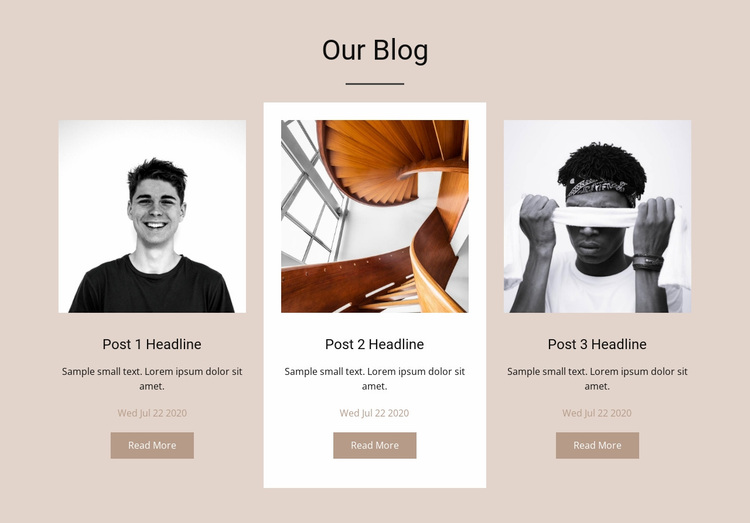End-to-End Website Design Solutions from Concept to Launch
End-to-End Website Design Solutions from Concept to Launch
Blog Article
Top Tips for Creating an Impactful Internet Site Design That Transforms
To accomplish this, one need to take into consideration a selection of aspects, consisting of recognizing the target audience, focusing on customer experience, and maximizing for mobile systems. The tactical usage of engaging call-to-actions and a distinct aesthetic power structure plays a crucial role in assisting individuals through their journey.

Understand Your Target Market
Recognizing your target market is fundamental to effective web site layout, as it lays the foundation for creating an engaging individual experience. Determining that your customers are, including their demographics, choices, and actions, enables designers to customize the web site's content, format, and functionality to meet specific needs.
Conducting detailed marketing research is essential in this process. Surveys, interviews, and analytics can offer important insights into user expectations and pain points. By assembling this data, developers can create customer personalities that represent different segments of the target market, making certain that layout choices are educated and relevant.
Additionally, understanding the target audience helps in choosing suitable design elements such as color pattern, typography, and images that resonate with customers. An internet site that talks straight to its audience fosters a feeling of link and depend on, motivating longer gos to and higher conversion prices.
Inevitably, a user-centered method to internet site design not just boosts individual fulfillment but also sustains company objectives by driving involvement and commitment. By prioritizing the requirements and choices of the target market, an internet site can effectively serve its purpose and accomplish wanted end results.
Prioritize User Experience
To improve the general performance of a website, focusing on individual experience (UX) is essential (Website Design). A properly designed UX guarantees that site visitors can navigate the website effortlessly, locate info quickly, and involve with content meaningfully. This causes raised customer contentment and greater conversion prices
Begin by implementing instinctive navigation. Menus must be logically structured, enabling individuals to locate crucial areas of the site with marginal effort. Uniformity in design aspects, such as shade schemes and font styles, cultivates experience, which is crucial for preserving customer engagement.
Furthermore, think about the packing speed of your site. A delay of just a few seconds can lead to substantial drop-offs, as customers are much less likely to wait on a slow-loading page. Simplifying photos and enhancing code can improve performance and maintain visitors.
Additionally, clarity in material presentation is essential. Use concise, engaging language and break up text with visuals to improve readability. By prioritizing user experience, you not only create a much more satisfying atmosphere for site visitors yet also enhance your brand's credibility. Eventually, a focus on UX is an investment in the lasting success of your website.
Optimize for Mobile Tools
Optimizing for mobile devices is crucial in today's electronic landscape, where a boosting number of users accessibility web sites via smartphones and tablets. A mobile-friendly style not just enhances customer experience however also plays Related Site a significant duty in improving search engine rankings. To accomplish this, it is crucial to adopt a responsive style that immediately gets used to numerous screen sizes and orientations.

Filling rate is one more vital factor; mobile users are normally much less client and anticipate fast access read here to info. By focusing on mobile optimization, you ensure that your web site continues to be competitive and efficiently engages a more comprehensive target market.
Use Engaging Call-to-Actions
A site's effectiveness commonly pivots on its ability to guide visitors toward preferred actions, making engaging call-to-actions (CTAs) necessary parts of design. CTAs function as the pivotal points that guide customers to involve with the website, whether that suggests purchasing, registering for an e-newsletter, or downloading and install a resource.
To develop efficient CTAs, quality is vital. Usage succinct language that clearly interacts the action you want the individual to take. Phrases such as "Get Started," "Sign Up Free," or "Store Now" not only communicate seriousness however likewise get rid of uncertainty. The placement of CTAs is equally important; they should be strategically positioned throughout the webpage to guarantee they are conveniently noticeable, particularly in high-traffic locations.
Additionally, the style of CTAs ought to stand out without being obtrusive. Use contrasting shades and clear fonts to ensure they catch focus. In addition, consider my sources using directional hints, such as arrows or images, to guide individuals toward these buttons. By concentrating on these aspects, companies can significantly boost individual engagement, driving conversions and inevitably attaining their website's goals.
Focus on Visual Hierarchy
Efficient internet site layout counts heavily on a well-structured visual pecking order that guides users through content effortlessly. By organizing aspects in a manner that focuses on information, designers can boost user experience and promote decision-making. This involves using dimension, color, comparison, and spacing strategically to draw focus to one of the most essential elements of a website.
Making use of bigger fonts for headings and subheadings establishes a clear difference in between different areas, permitting users to check content effortlessly. Furthermore, using different shades for buttons and calls-to-action can record individual attention and urge interaction. Whitespace is an additional crucial component; it stops clutter and enables individuals to concentrate on vital messages without interruptions.
Images and graphics must complement the message while also sticking to the recognized power structure, strengthening the overall message (Website Design). Consistency in style elements, such as color pattern and typography, additional reinforces the visual power structure, making navigation intuitive

Verdict
In conclusion, reliable internet site style requires an extensive understanding of the target audience, prioritization of individual experience, and mobile optimization. Inevitably, a well-executed site layout offers as an essential part in driving individual activities and accomplishing company goals.
Report this page